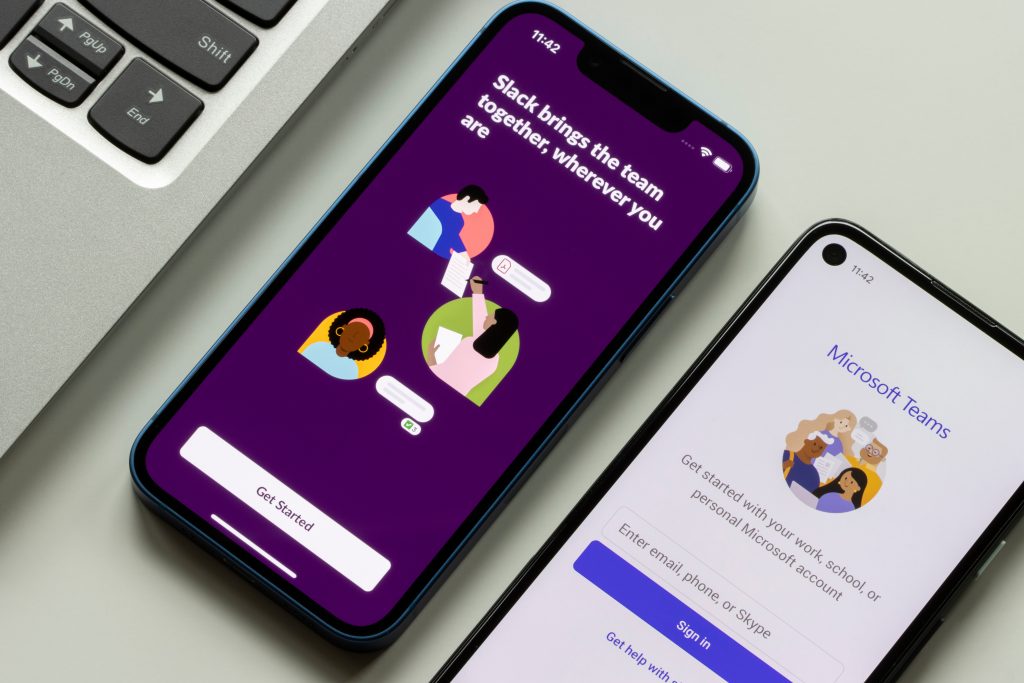A well-designed landing page is crucial for converting visitors into customers. Whether you’re running a marketing campaign, promoting a product, or capturing leads, a high-converting landing page can significantly impact your overall business success. In this blog, we’ll explore best practices for creating a landing page that not only attracts visitors but also encourages them to take action.

Table of Contents
Toggle1. Define Your Goal
Before you start designing your landing page, it’s essential to clearly define its purpose. Is your goal to generate leads, promote a specific product, or encourage newsletter sign-ups? Having a clear goal will guide your design and content decisions, ensuring that everything on the page is aligned with your objective.
2. Craft a Compelling Headline
Your landing page headline is the first thing visitors will see, and it can significantly influence their decision to stay or leave. Here are some tips for crafting a compelling headline:
- Be Clear and Concise: Clearly state the value proposition of your offer. Avoid jargon and complex language to ensure immediate understanding.
- Use Action-Oriented Language: Incorporate action verbs that encourage visitors to take the next step, such as “Get,” “Download,” or “Join.”
- Highlight Benefits: Emphasize what visitors will gain from your offer, whether it’s a discount, valuable information, or a free trial.
3. Create Engaging Content
Once you’ve captured visitors’ attention with your headline, your content needs to keep them engaged. Here’s how to create effective landing page content:
- Focus on Benefits: Instead of just listing features, explain how your product or service benefits the user. Use bullet points to make the information easily digestible.
- Use High-Quality Images and Videos: Visuals can enhance your message and create an emotional connection with visitors. Use relevant images or videos that illustrate the benefits of your offer.
- Incorporate Social Proof: Including testimonials, reviews, or case studies can build trust and credibility. Showcasing satisfied customers can encourage new visitors to convert.
4. Design for Clarity and Simplicity
The design of your landing page plays a crucial role in its effectiveness. Here are some design best practices:
- Maintain a Clean Layout: Avoid clutter by using white space effectively. A clean layout allows visitors to focus on your content and call to action.
- Use a Single Call to Action (CTA): Your landing page should have one primary CTA that aligns with your goal. Make it prominent and visually appealing to guide visitors toward taking action.
- Optimize for Mobile Devices: Ensure that your landing page is responsive and looks great on all devices. Many users access the internet via mobile, so a mobile-friendly design is essential for maximizing conversions.
5. Utilize Strong Call to Action
Your call to action (CTA) is the most critical element of your landing page. Here’s how to create an effective CTA:
- Make it Stand Out: Use contrasting colors and bold fonts to ensure your CTA button grabs attention.
- Use Actionable Language: Use verbs that prompt visitors to take action, such as “Get Started,” “Download Now,” or “Claim Your Free Trial.”
- Create Urgency: Adding phrases like “Limited Time Offer” or “Act Now” can encourage visitors to act quickly, reducing hesitation.
6. A/B Testing for Optimization
Continuous improvement is key to maintaining high conversion rates. Conduct A/B testing to compare different versions of your landing page and determine what works best. Here’s how to approach A/B testing:
- Test One Element at a Time: Change only one element at a time (e.g., headline, CTA color, images) to clearly identify what impacts conversions.
- Analyze Data: Use analytics tools to measure the performance of each variant. Track metrics such as conversion rates, bounce rates, and time spent on the page.
- Iterate and Optimize: Based on the data collected, make adjustments and optimize your landing page for better performance.
7. Ensure Fast Loading Times
A slow-loading landing page can significantly hinder conversions. Visitors expect pages to load quickly, and any delays can lead to frustration and abandonment. Here are some tips to improve loading times:
- Optimize Images: Compress images to reduce file size without sacrificing quality. Use modern formats like WebP for faster loading.
- Minimize Redirects: Each redirect creates additional loading time. Limit the use of redirects to enhance performance.
- Use a Reliable Hosting Service: Choose a reputable hosting provider that offers fast loading speeds and good uptime.
8. Follow Up with Retargeting
Not every visitor will convert on their first visit. Implement retargeting strategies to bring them back to your landing page:
- Retargeting Ads: Use retargeting ads on social media and other platforms to remind visitors of your offer after they leave your site.
- Email Follow-Ups: If you capture email addresses, send follow-up emails to nurture leads and encourage them to return to your landing page.
Conclusion
Creating a high-converting landing page requires a thoughtful approach that combines clear goals, engaging content, effective design, and continuous optimization. By implementing these best practices, you can significantly improve your landing page’s performance and drive more conversions. Remember, the key to success lies in understanding your audience and delivering a compelling experience that meets their needs. With dedication and experimentation, you can create a landing page that not only attracts visitors but also converts them into loyal customers.


No responses yet